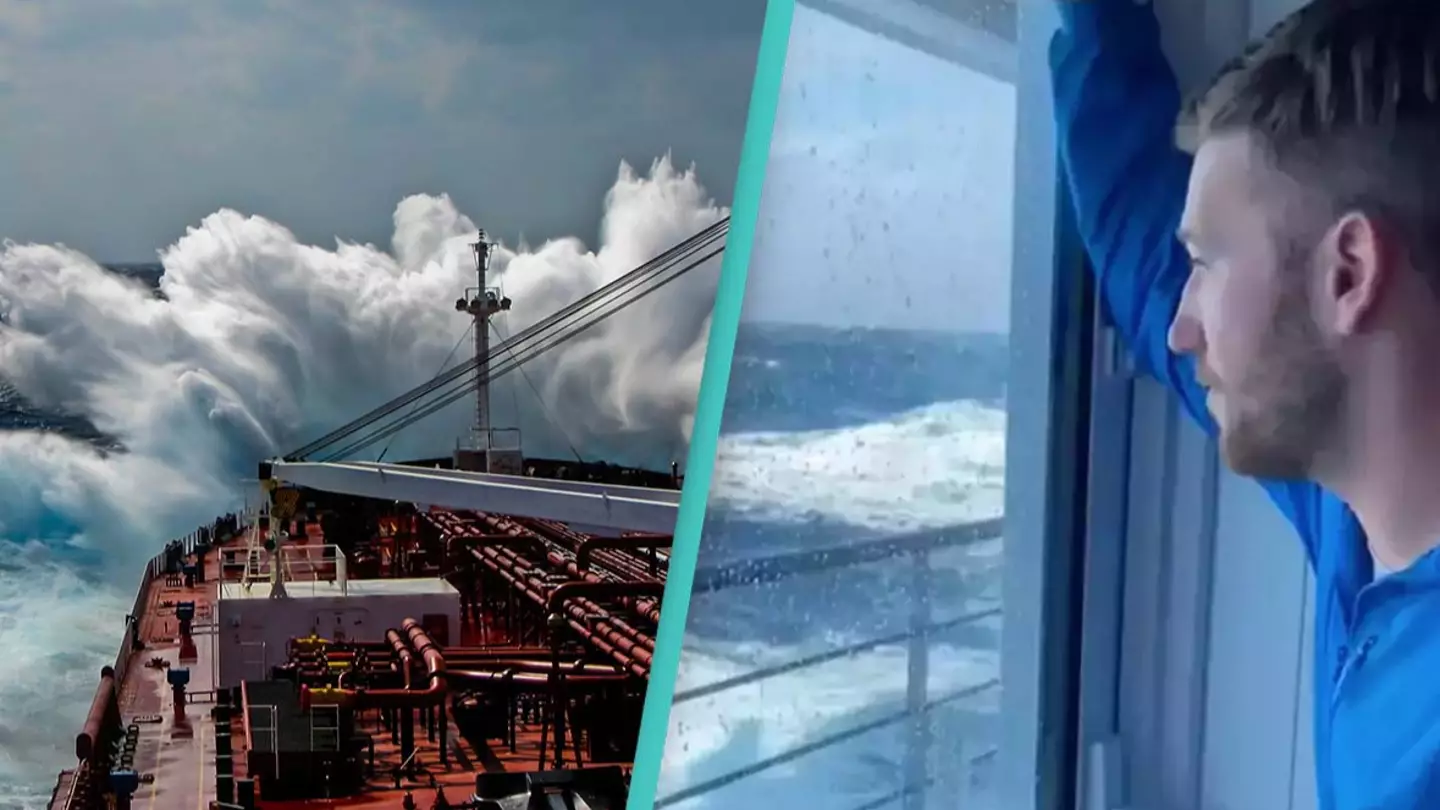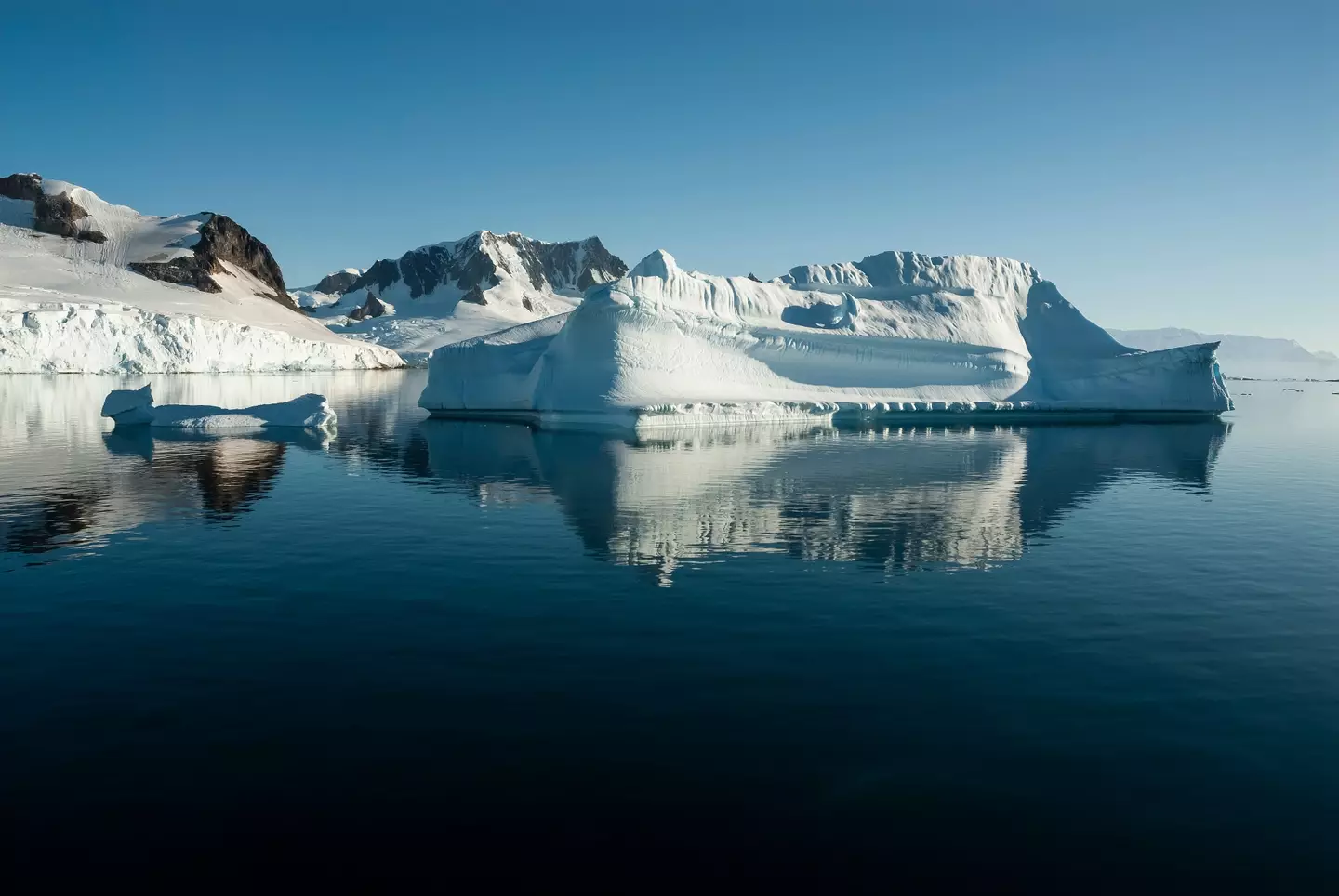
Drake Passage has been hailed as a 'ship graveyard', leaving many people to question why.
The passageway was discovered in 1525, and connects the Pacific Ocean to Atlantic Ocean, with the Southern Ocean located just below.
It's an impressive 620 miles wide and is incredibly deep. It's average depth is 11,150 feet, so it's safe to say if you drop something overboard, it's very unlikely you're getting it back.

With it being the connecting point between three of the world's largest oceans in such a narrow space, Drake Passage can be subjected to atmospheric cyclones.
Advert
These strong winds come from the Southern Ocean which is unbroken by land, so its mighty winds can wreak havoc on the globe without encountering any obstacles.
And with wind comes waves, with some of Drake Passage's biggest waves reportedly hitting heights of 95ft.
Many sea routes are now connected by the Panama Canal, but until its opening in 1914, ships relied on Drake Passage alone, meaning hundreds of ships had to go through the world's most dangerous sea route.
To date, it's said that 800 ships have sunk in the Drake Passage, claiming hundreds of lives in the process.
Advert
These deaths date as recently as 2022 after a 'rogue wave' smashed into Viking Polaris cruise ship in Drake Passage, killing one passenger and injuring eight others.
Drake Passage's waters have so been so turbulent that those onboard ships passing through it have to eat off plates that are stuck down.
Advert
Karen Heywood, a physical oceanographer at the University of East Anglia, told National Geographic in January of this year while travelling through Drake Passage: "It’s always interesting when you go to dinner and they put sticky mats on all the tables to make sure your plates and things don’t slide around."
Professor Alberto Naveira Garabato, who has also travelled through Drake Passage by ship, said of the weather: "Suddenly you are in this icy world.
"It happens just like that - you can see the transition happening only in hours."

But Drake Passage isn't all bad - the famous sea route is said to be good for the planet.
Advert
Why, I hear you ask? It's all down to it's cooling power, which benefits Antartica in particular.
Without a land bridge connecting the continent to South America, northern air does not easily flow south, keeping it cool.
If Drake Passage didn't break up Antartica from South America, there could been a chance that the 11.5 million square miles of ice packed around Antartica would melt which, according to research, would cause global sea levels to rise by almost 200ft.
You learn something new every day.
Featured Image Credit: Getty Stock Images / TikTok/@theworldpursuitTopics: News, Travel, Weather, World News, Climate Change